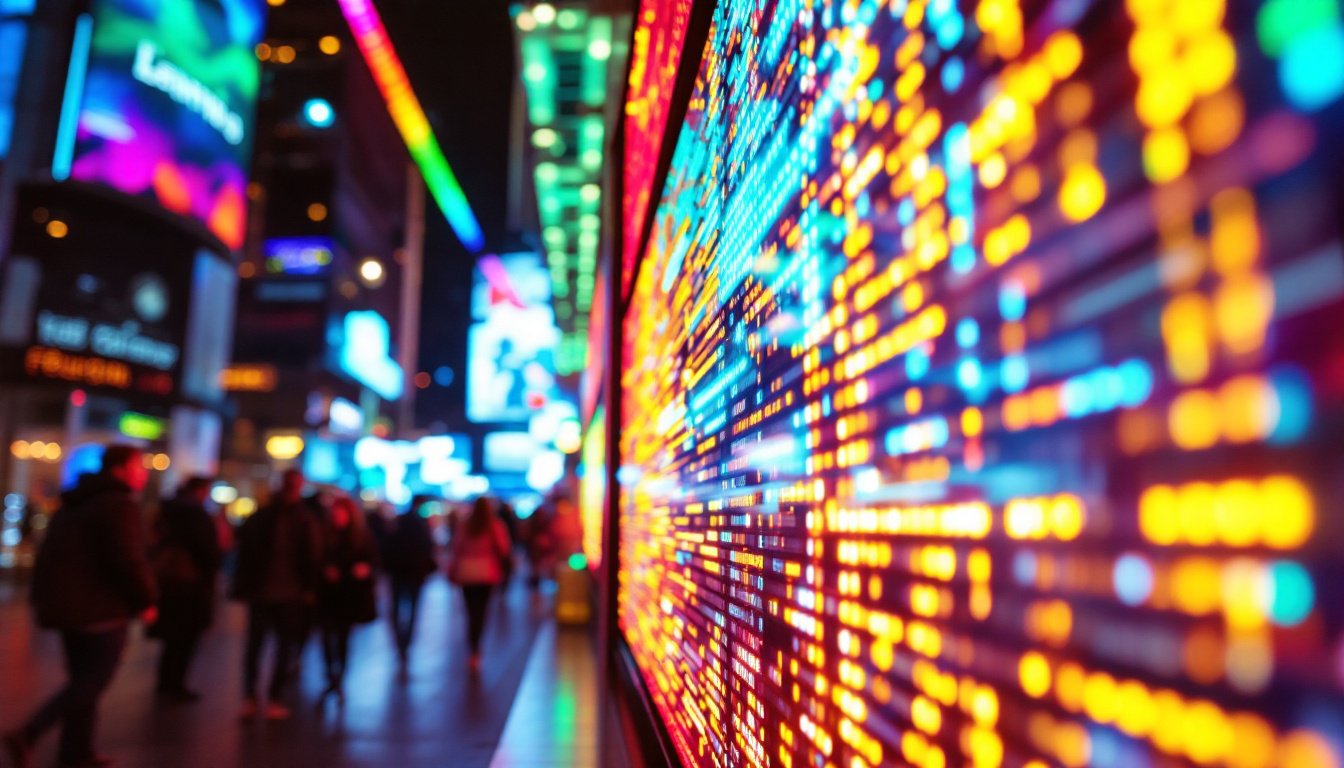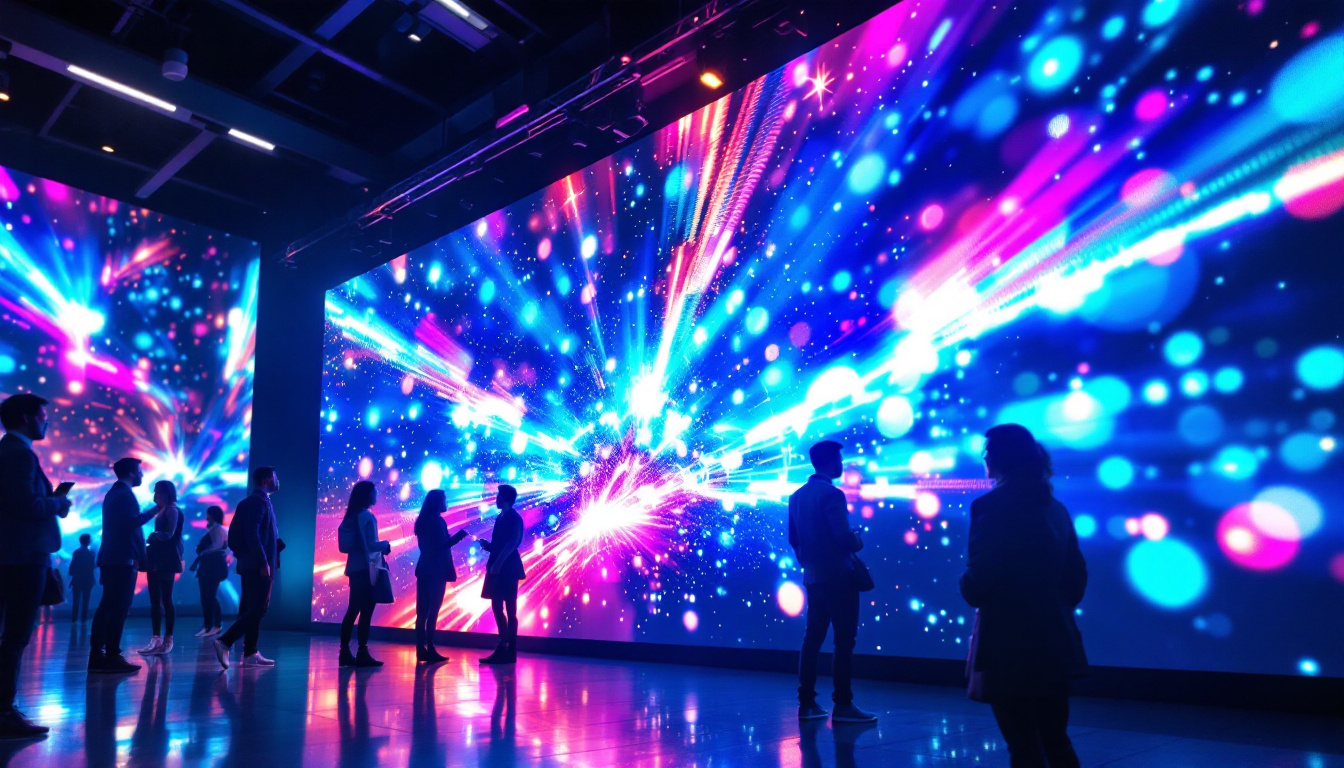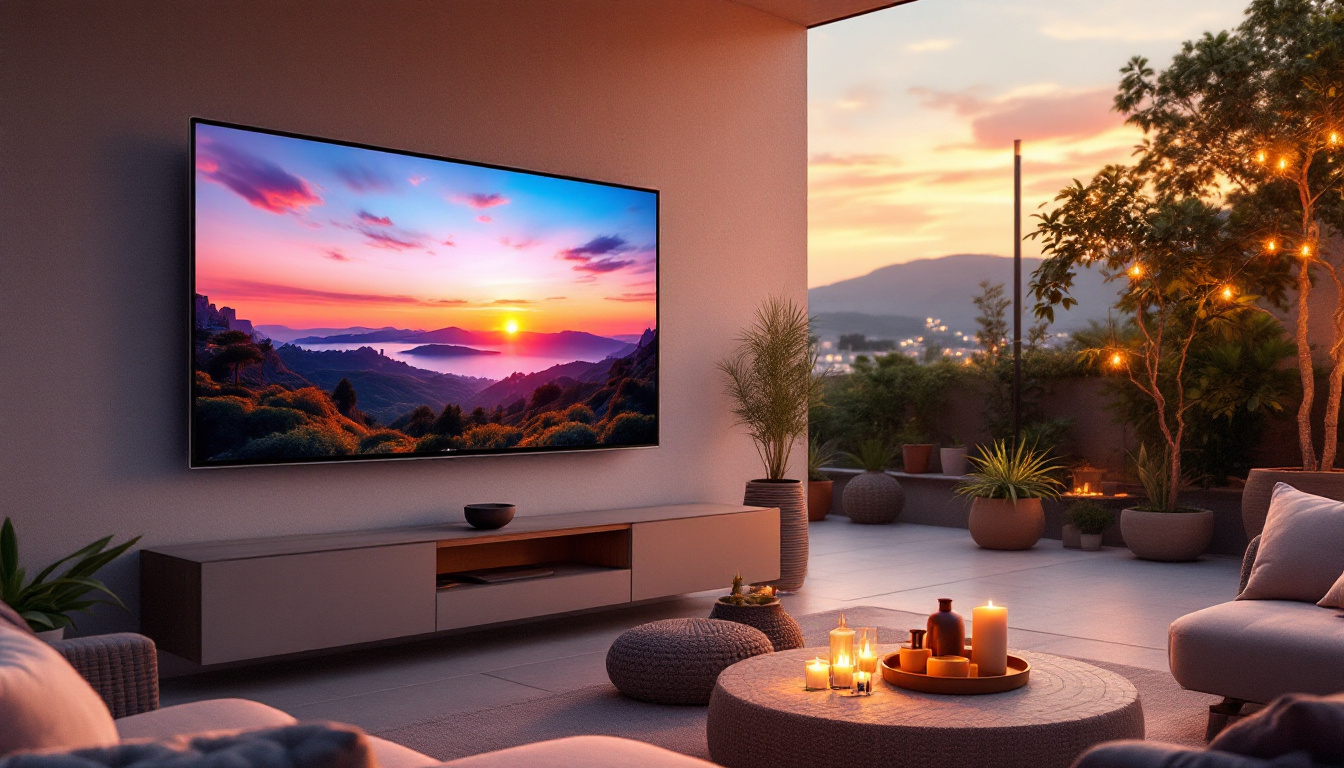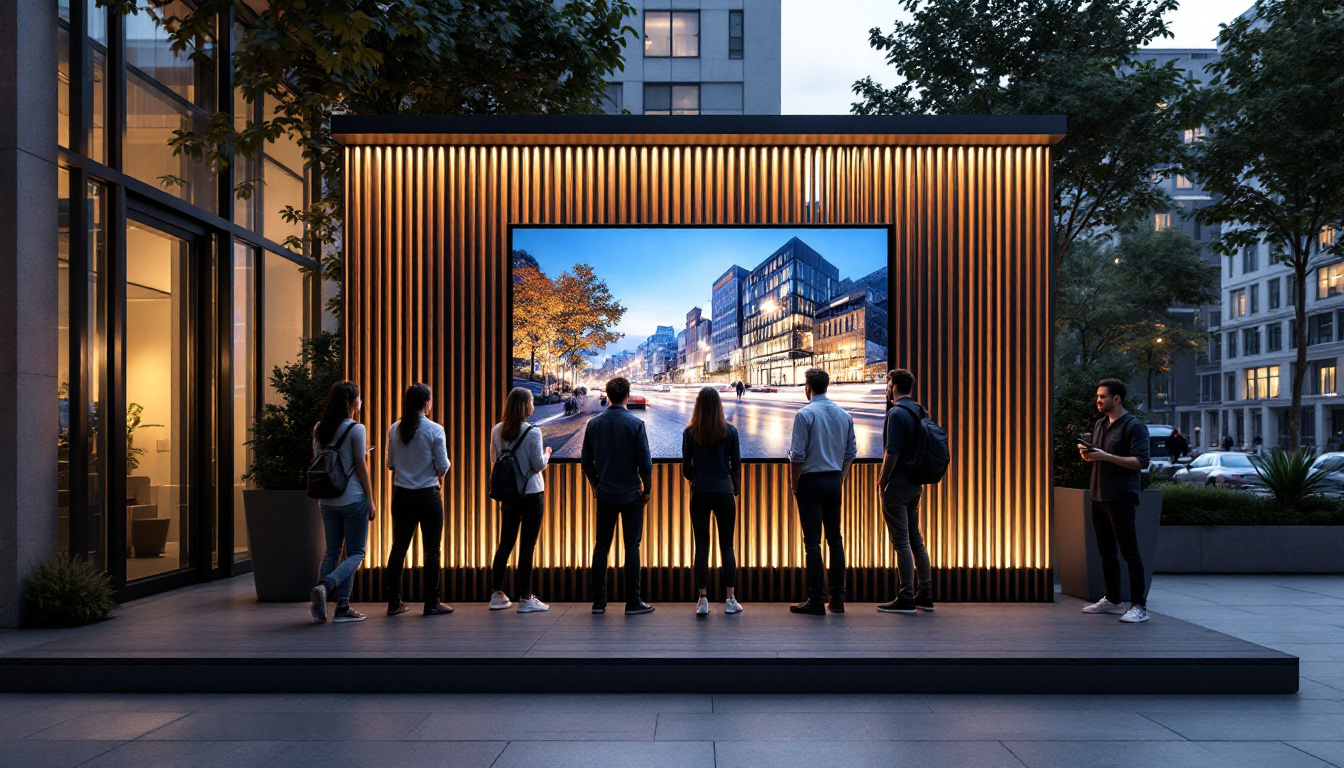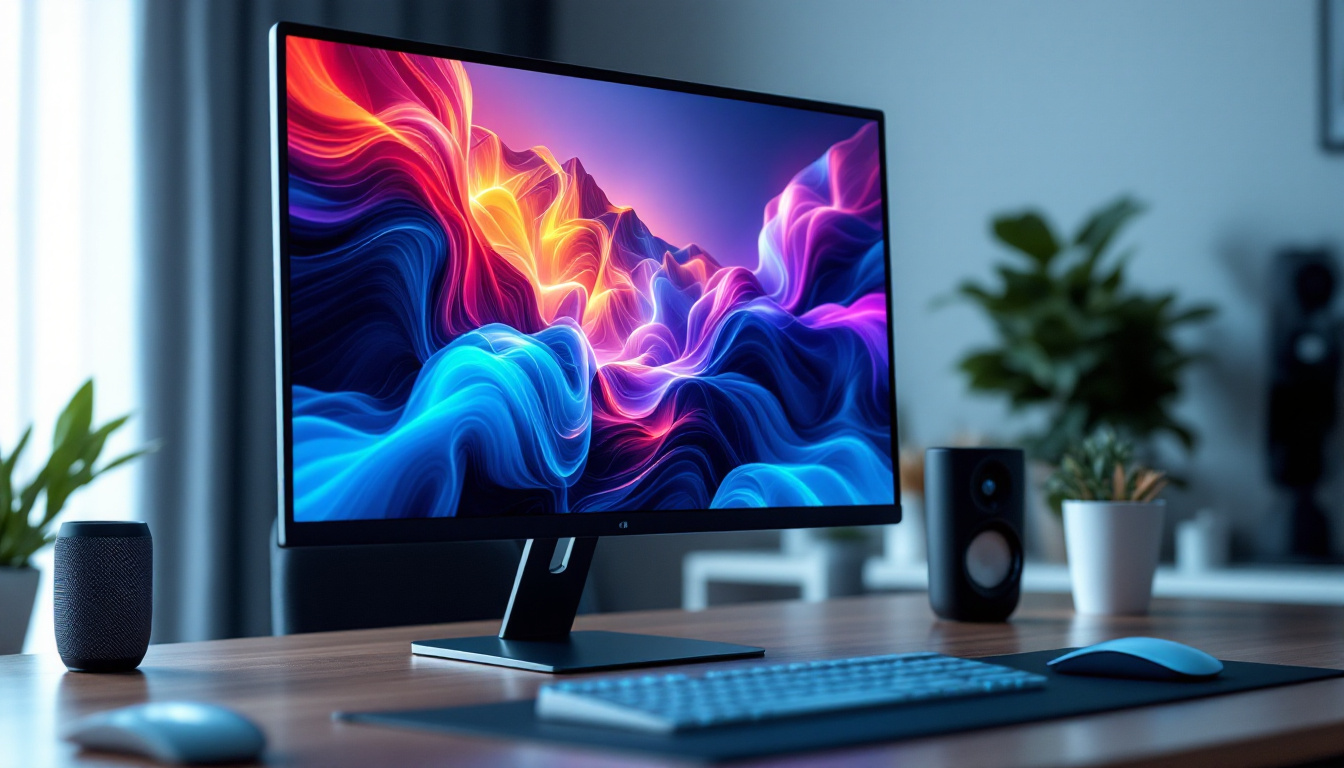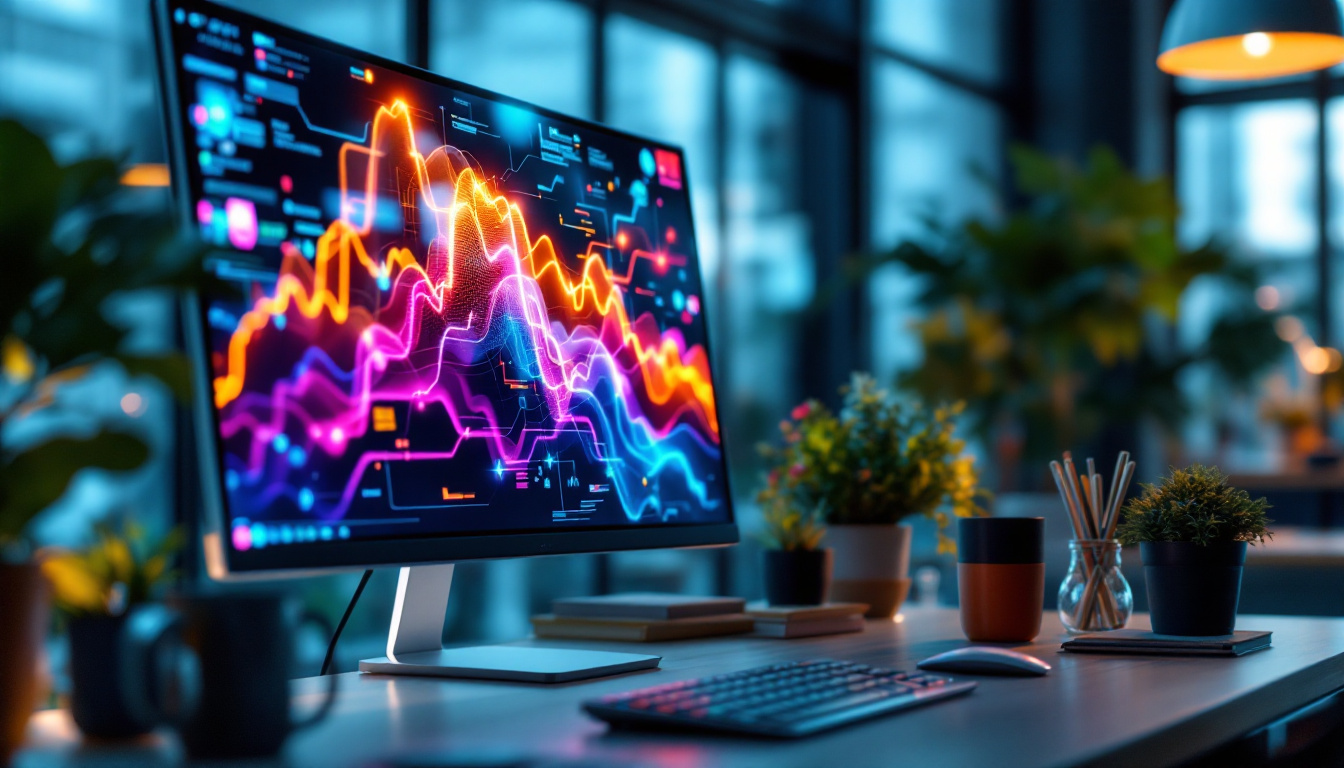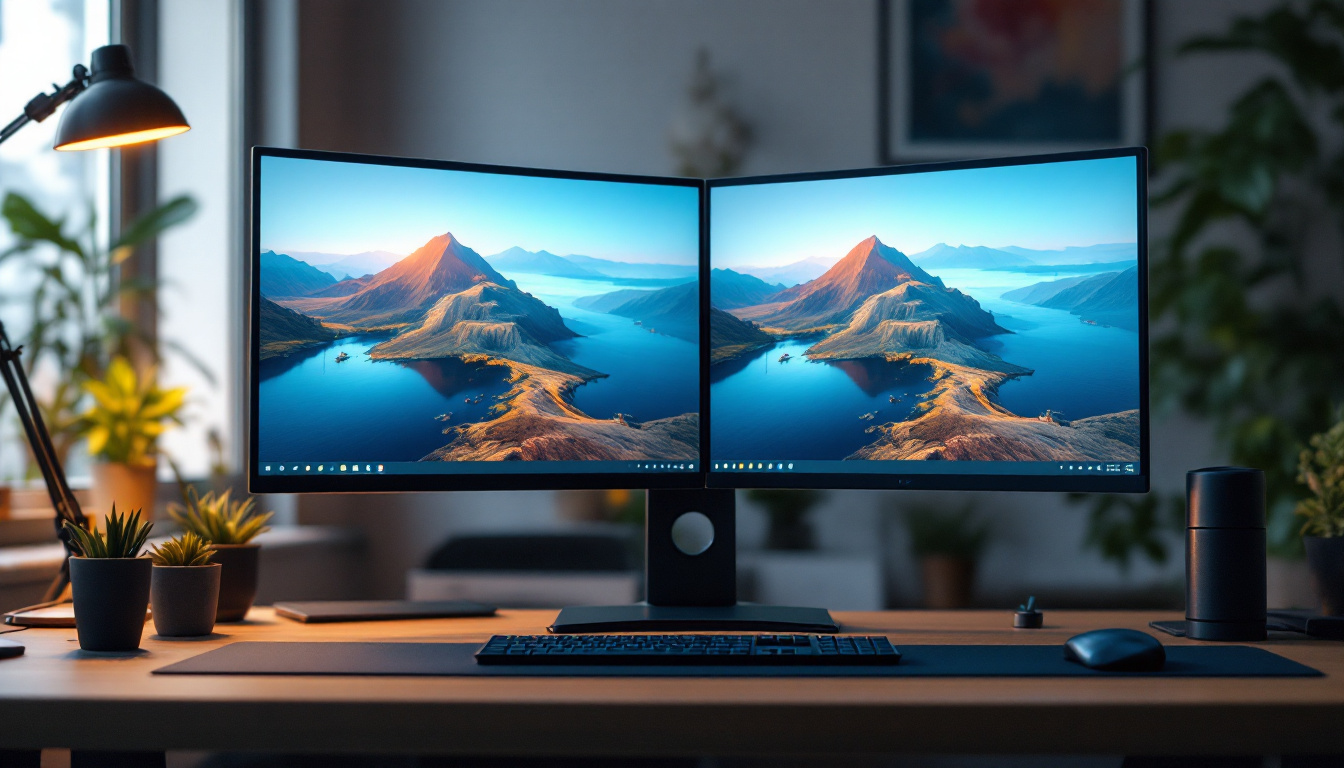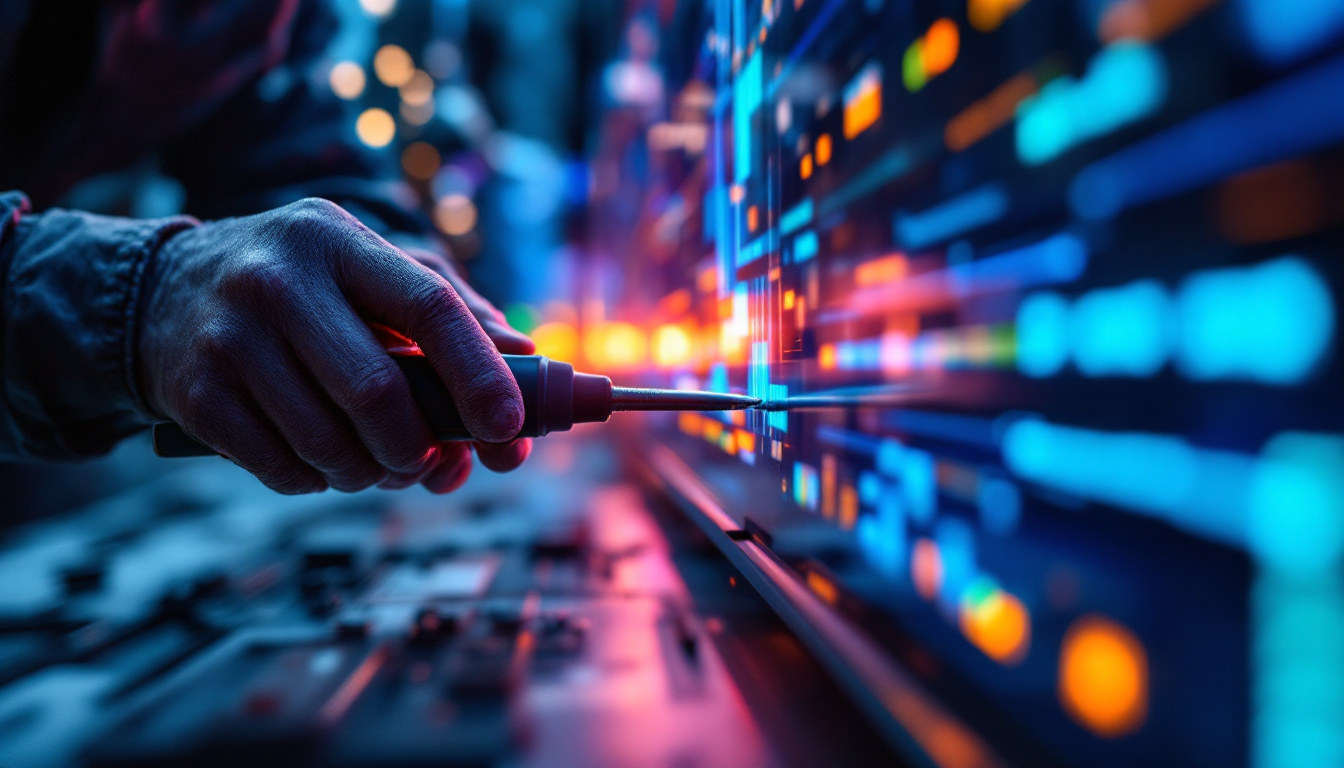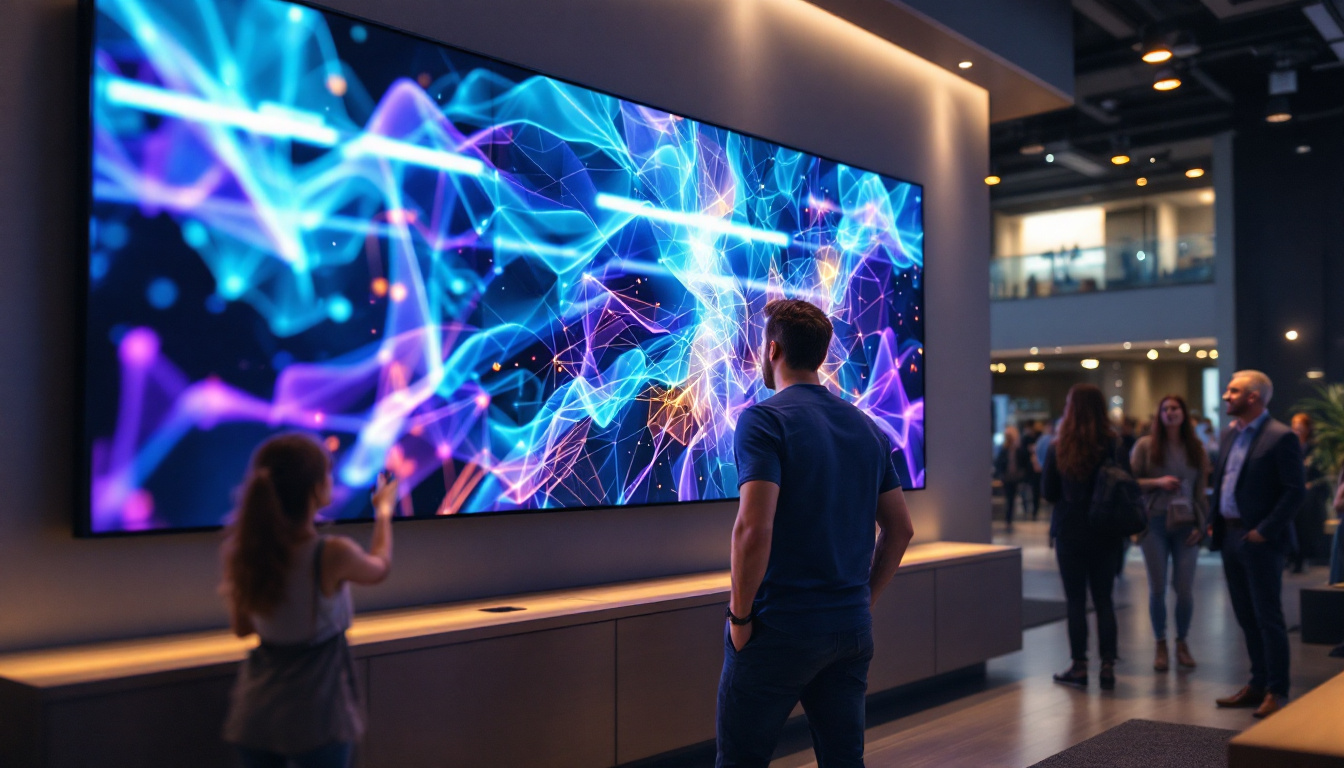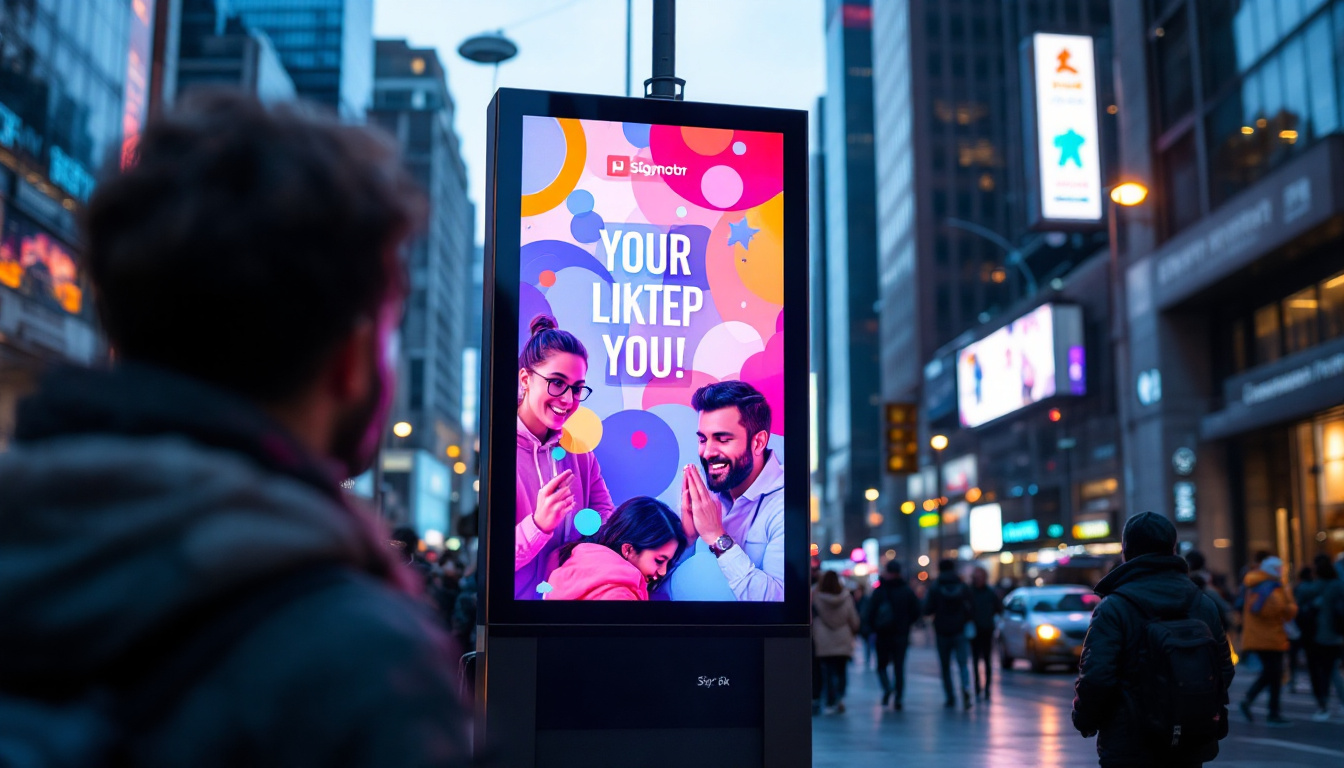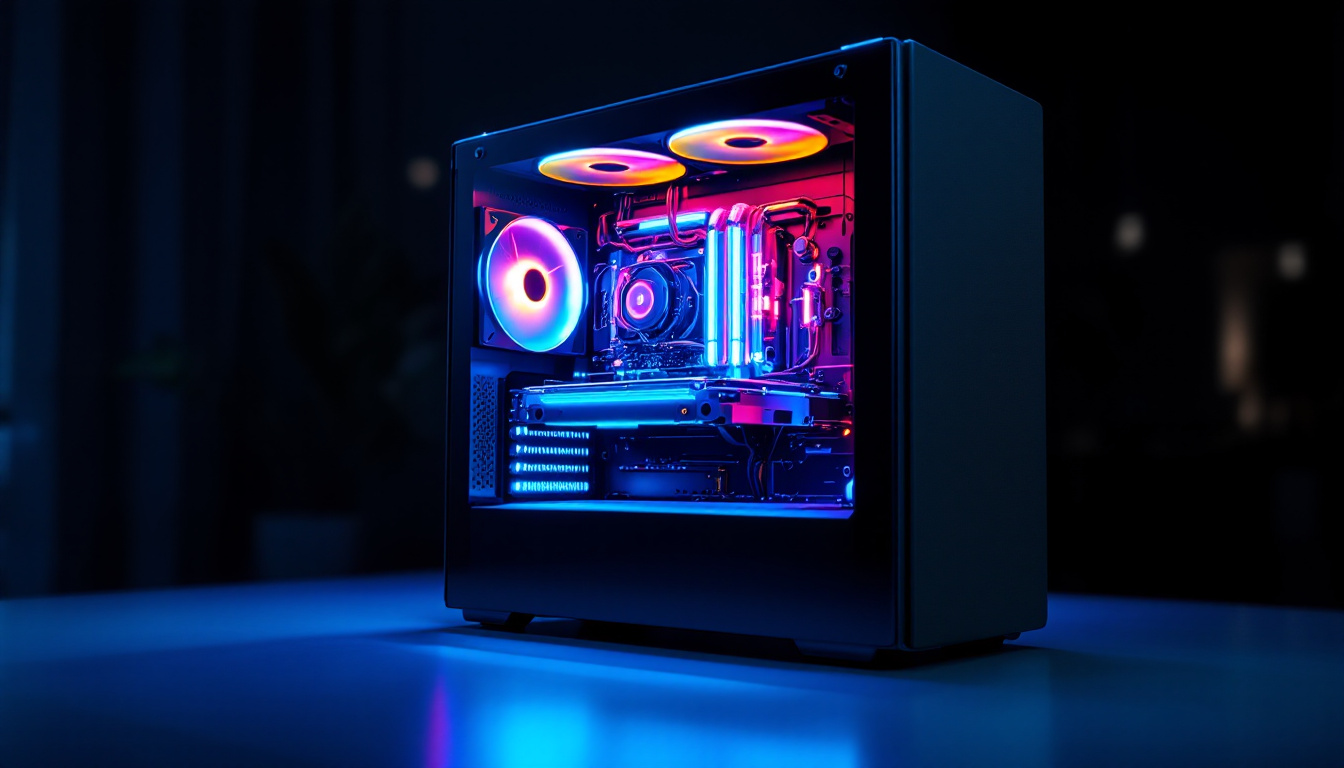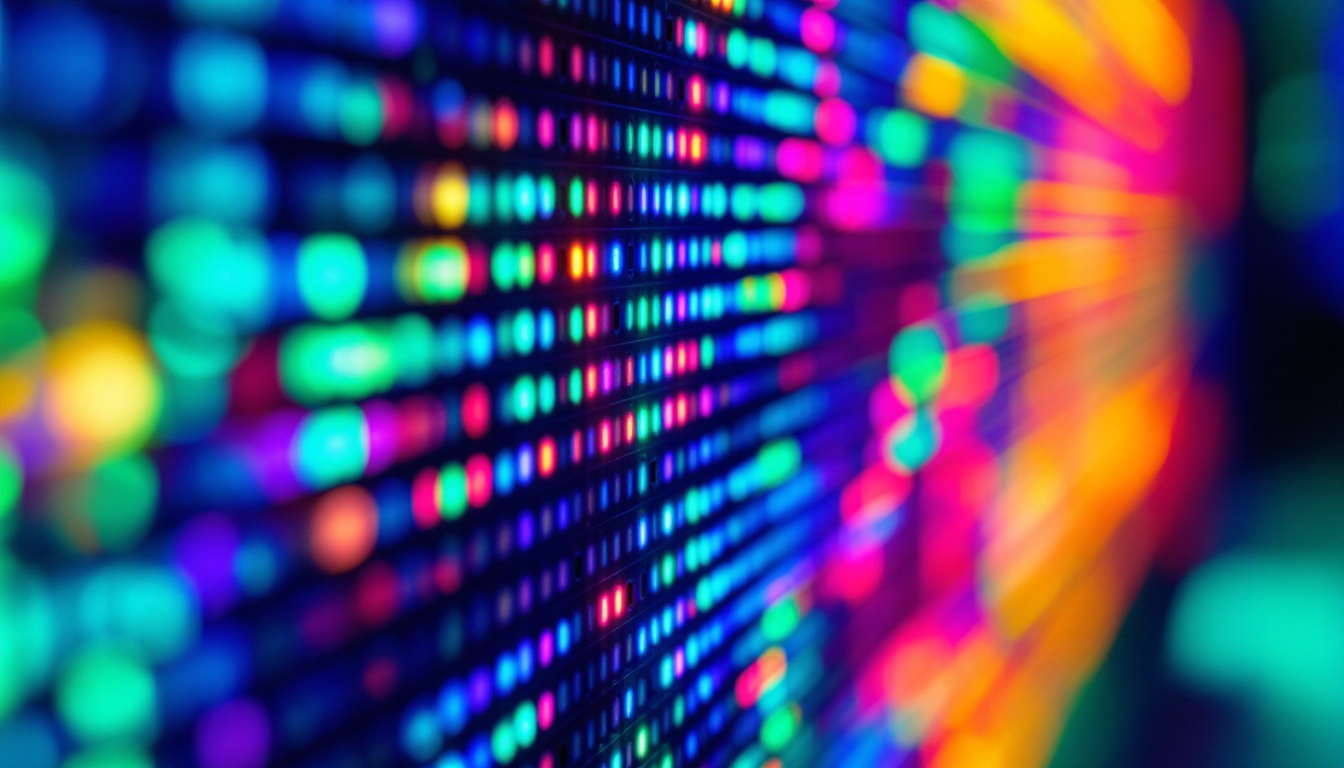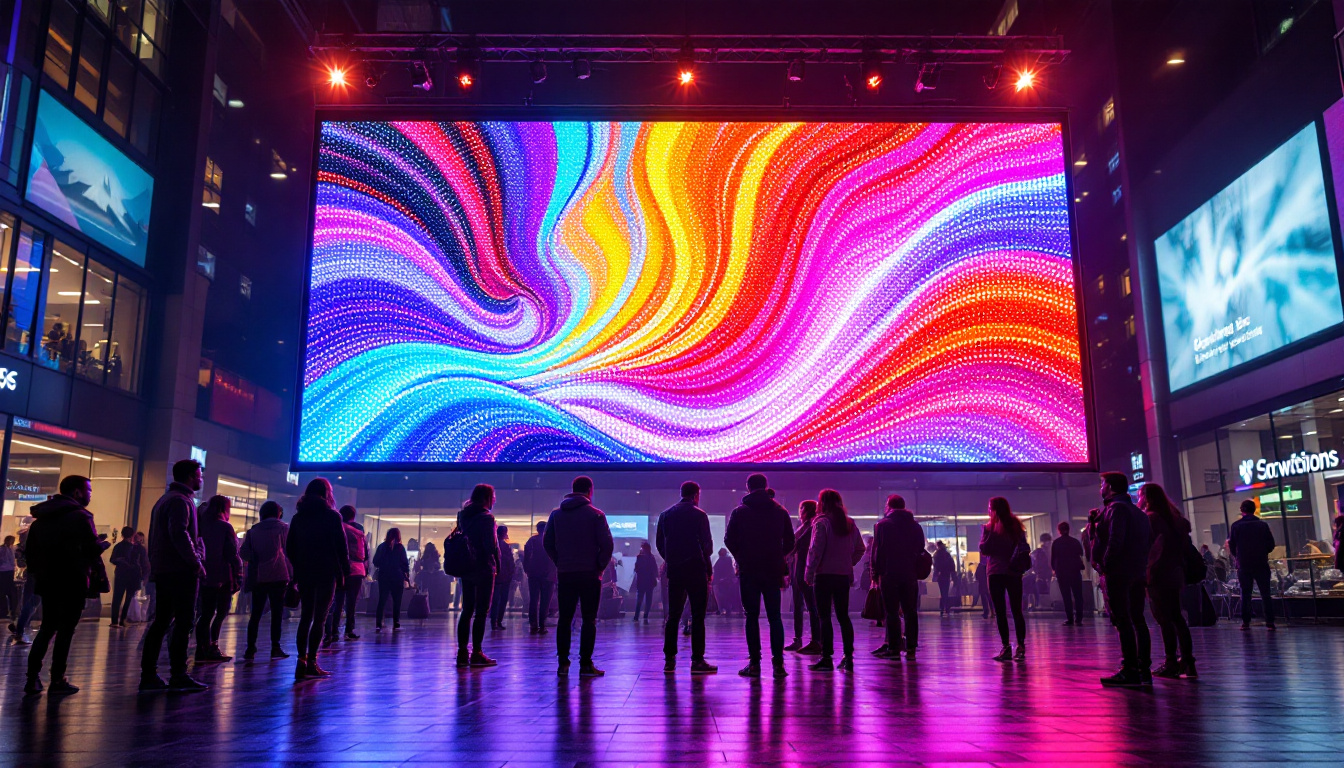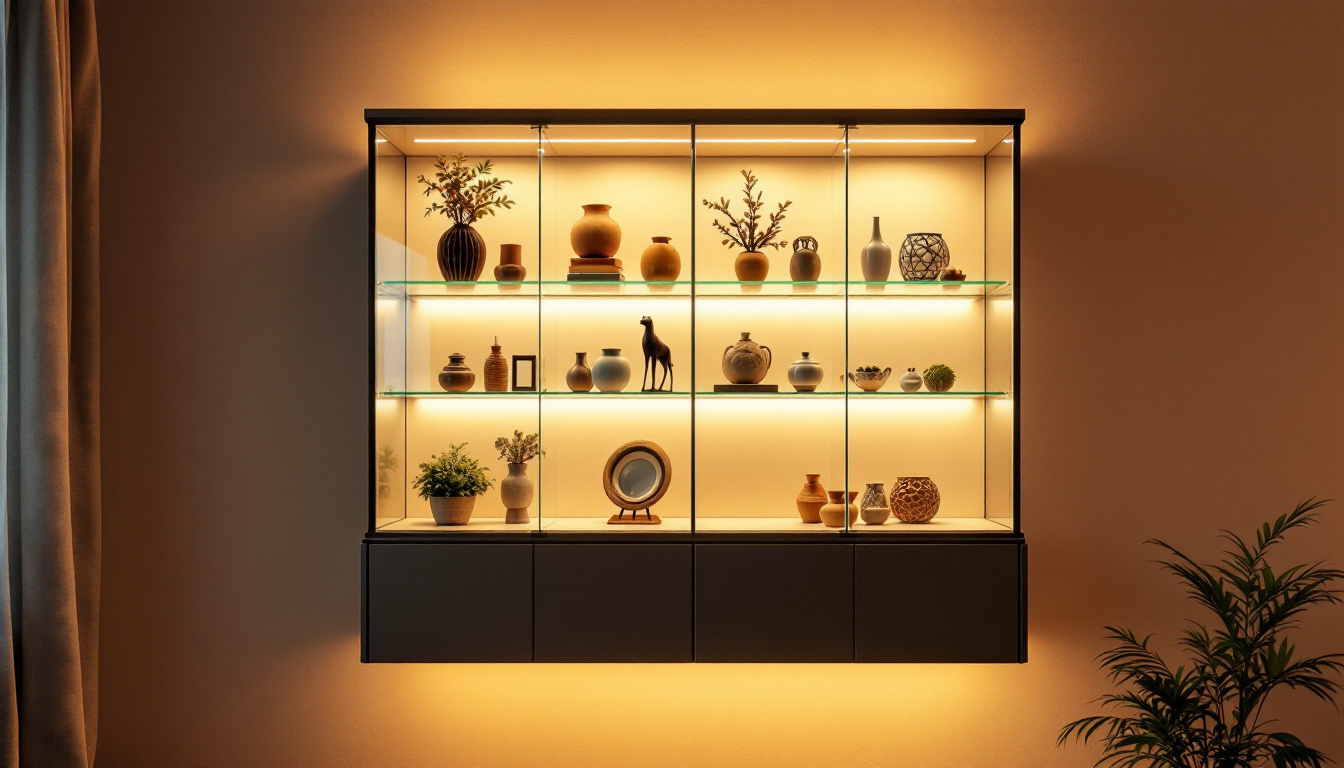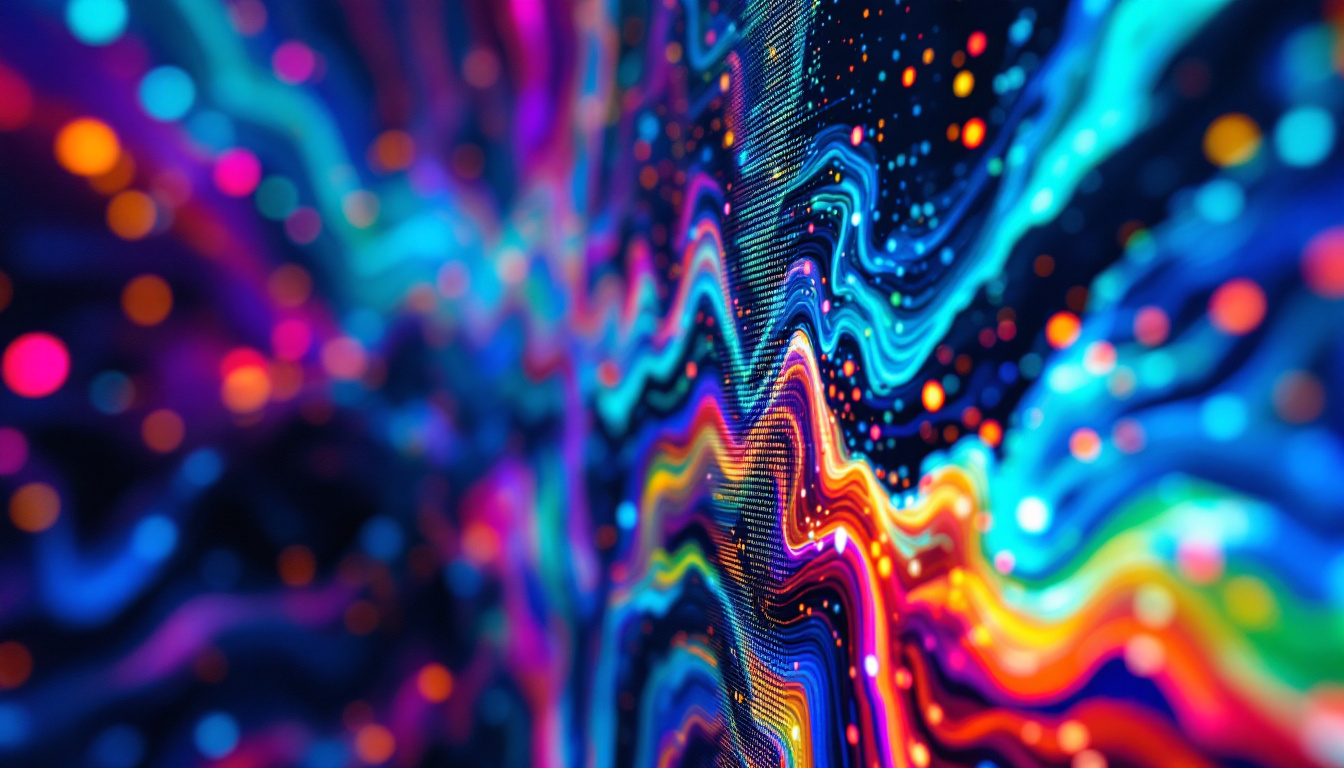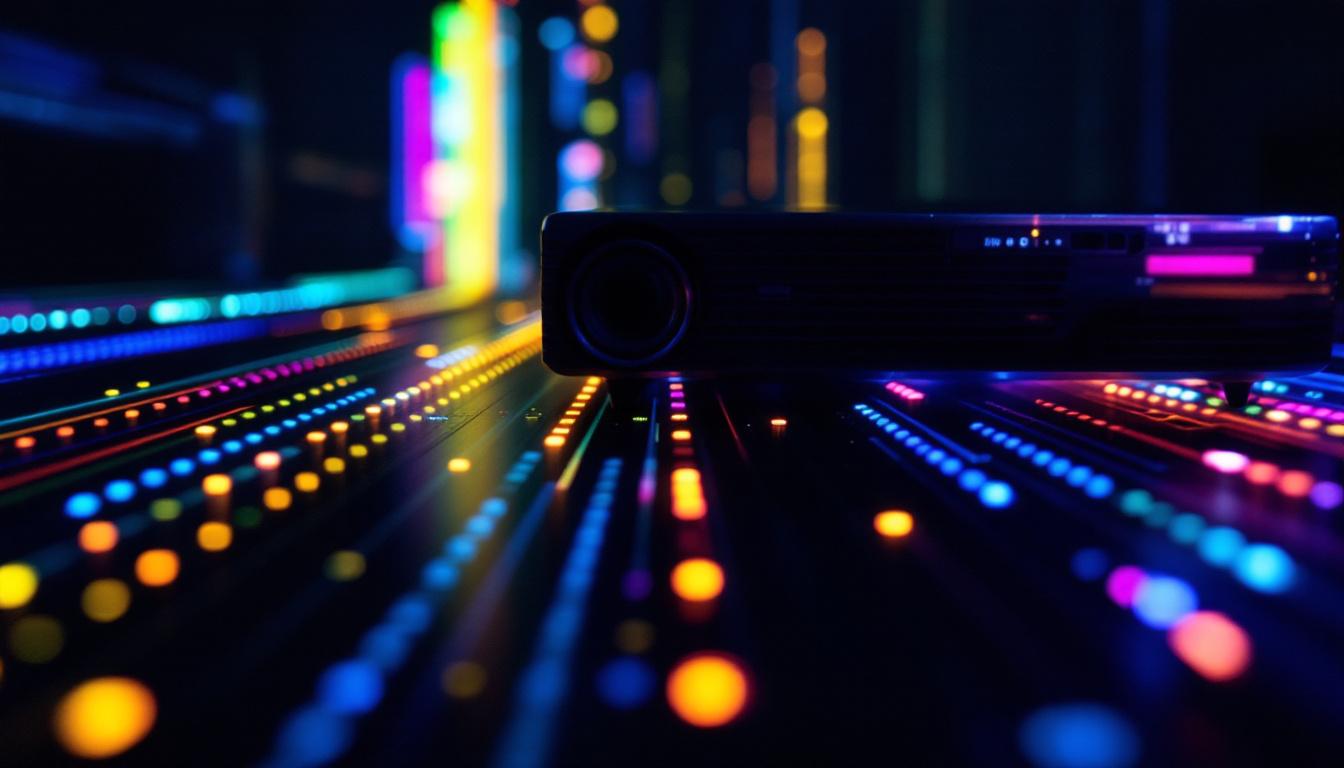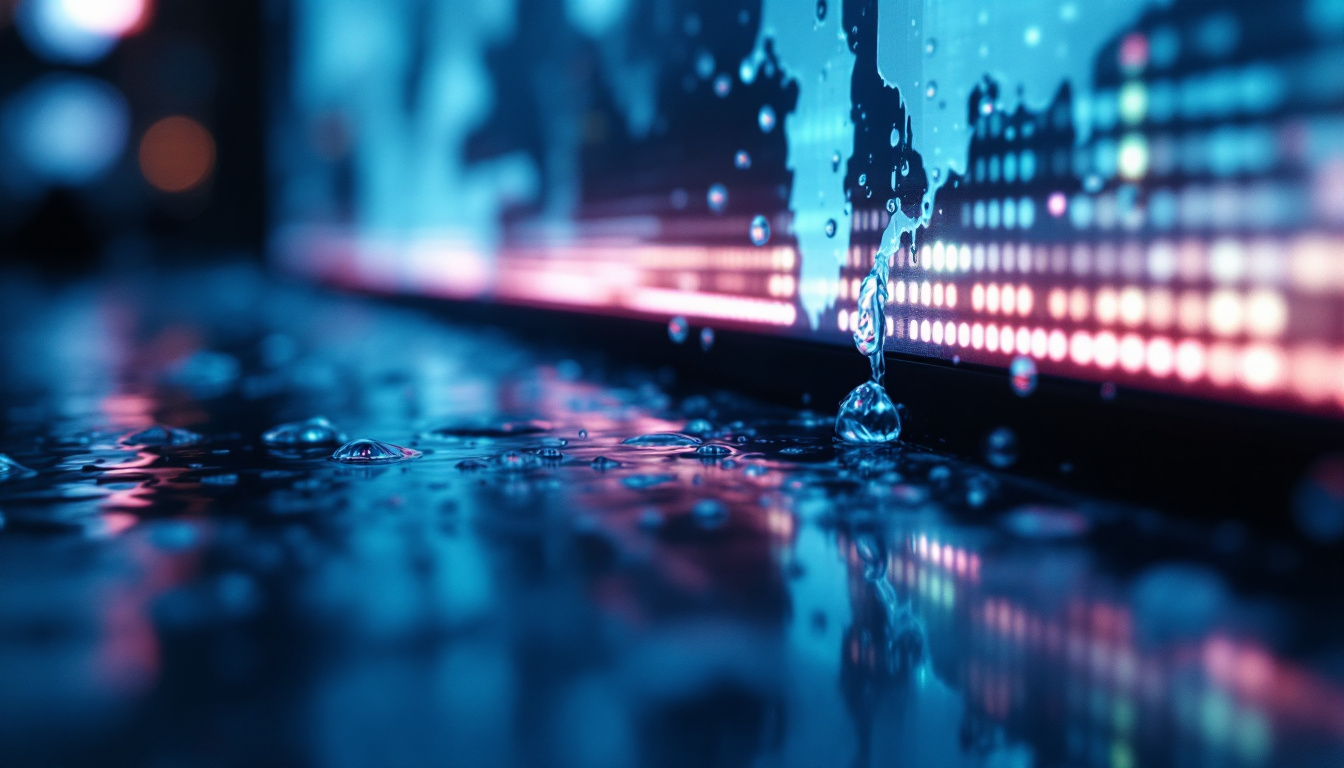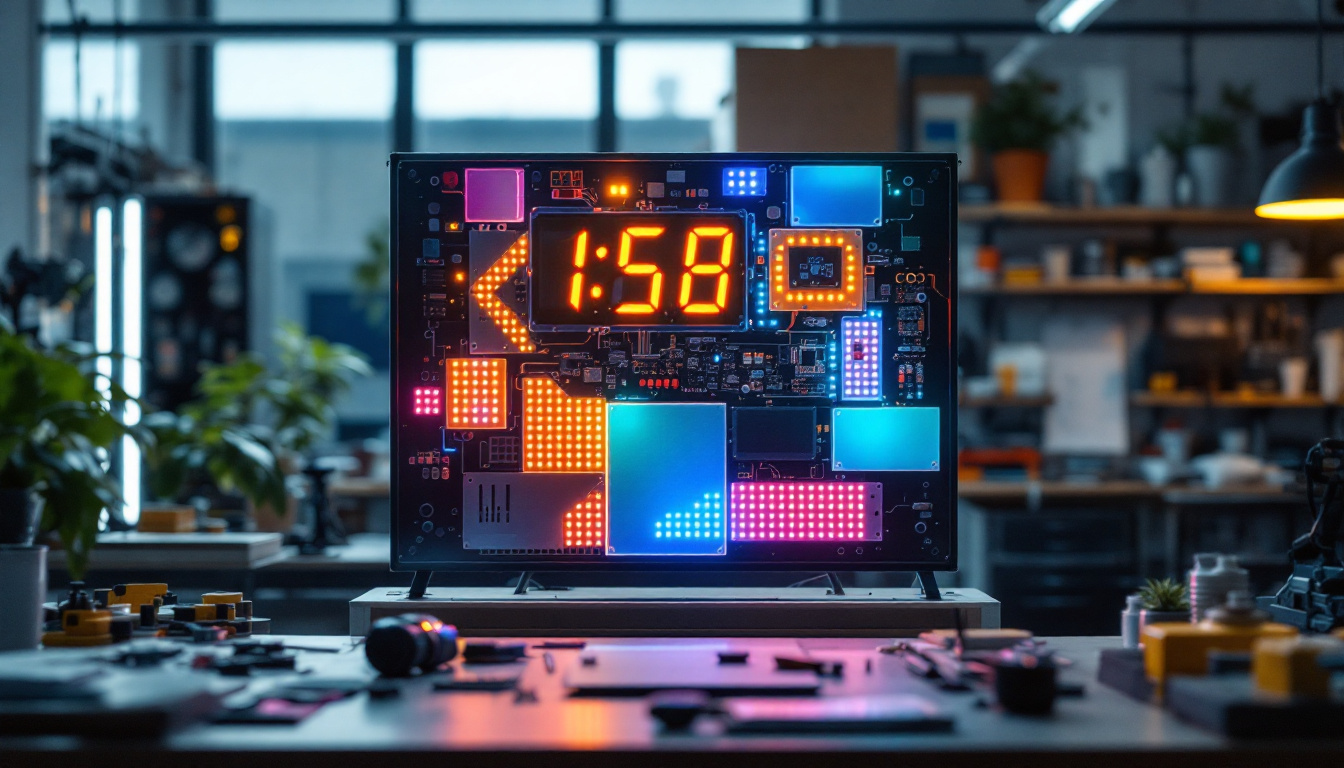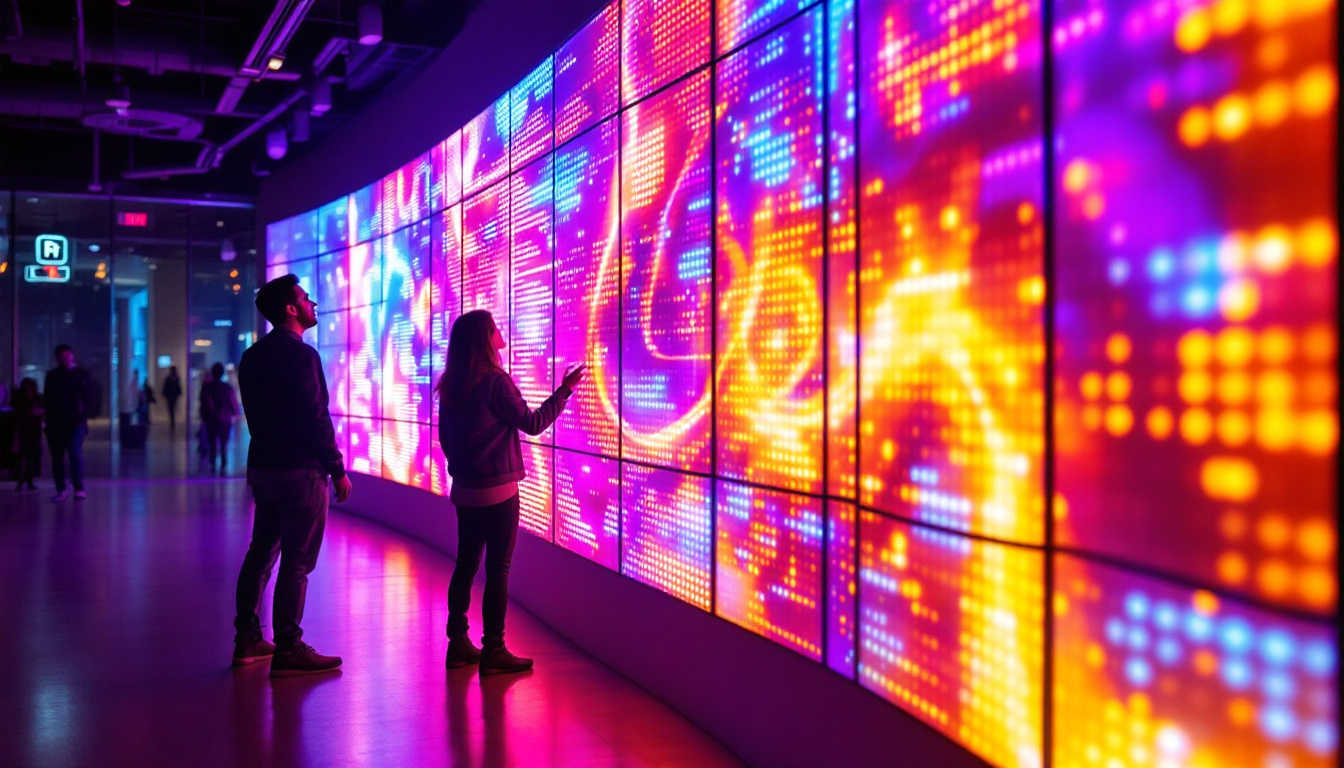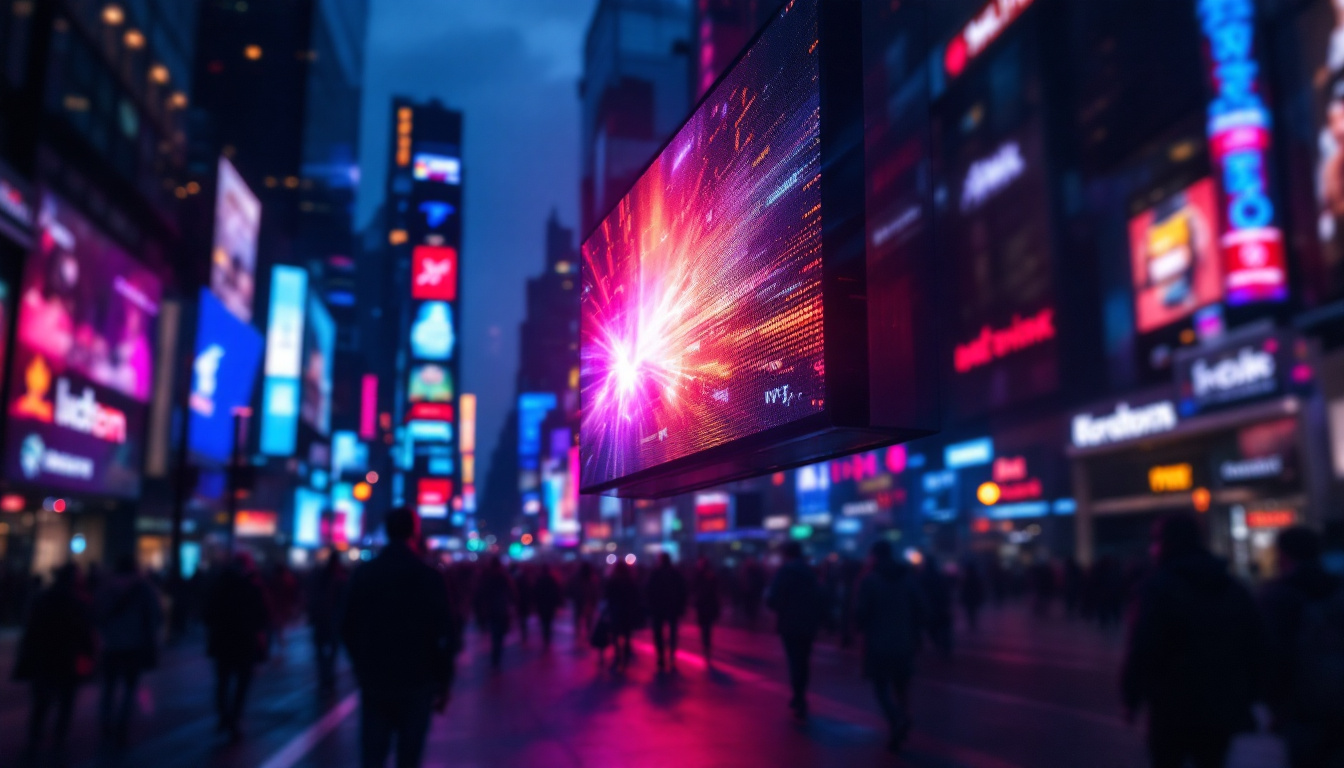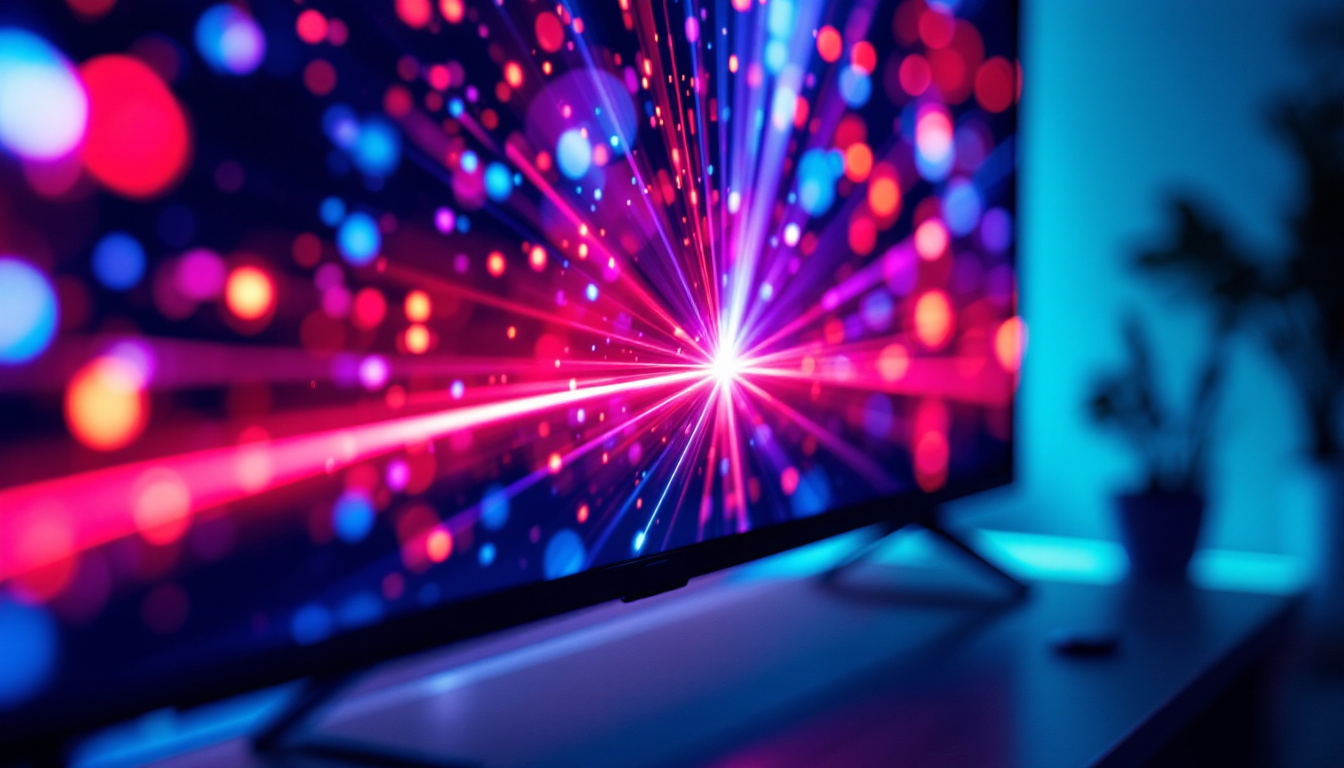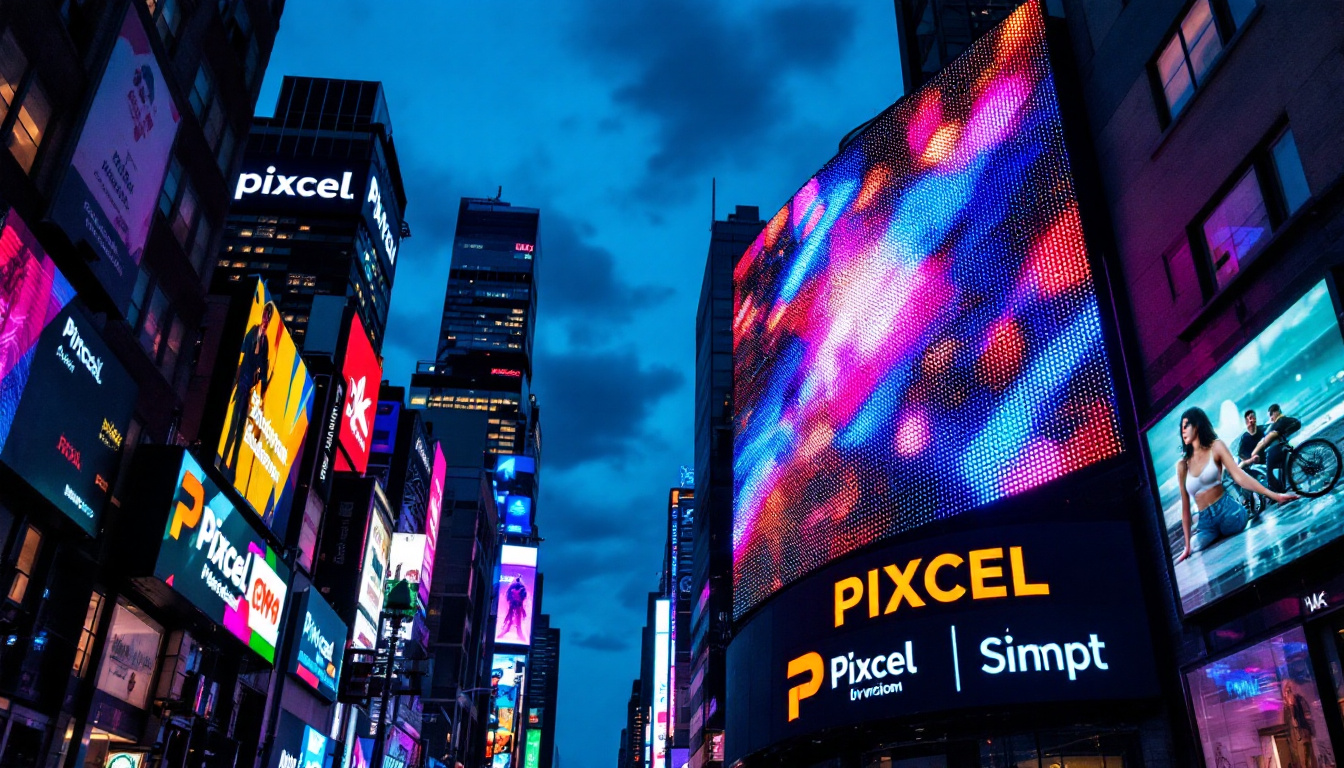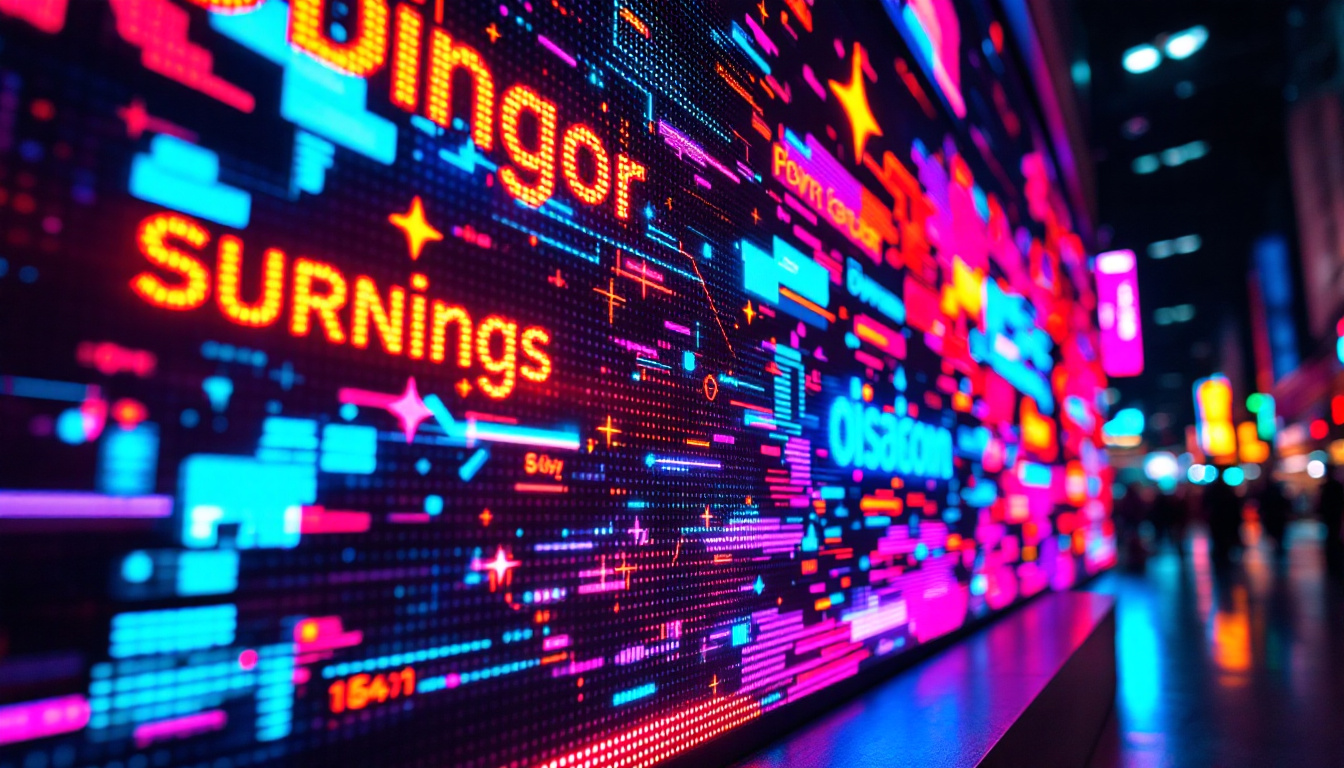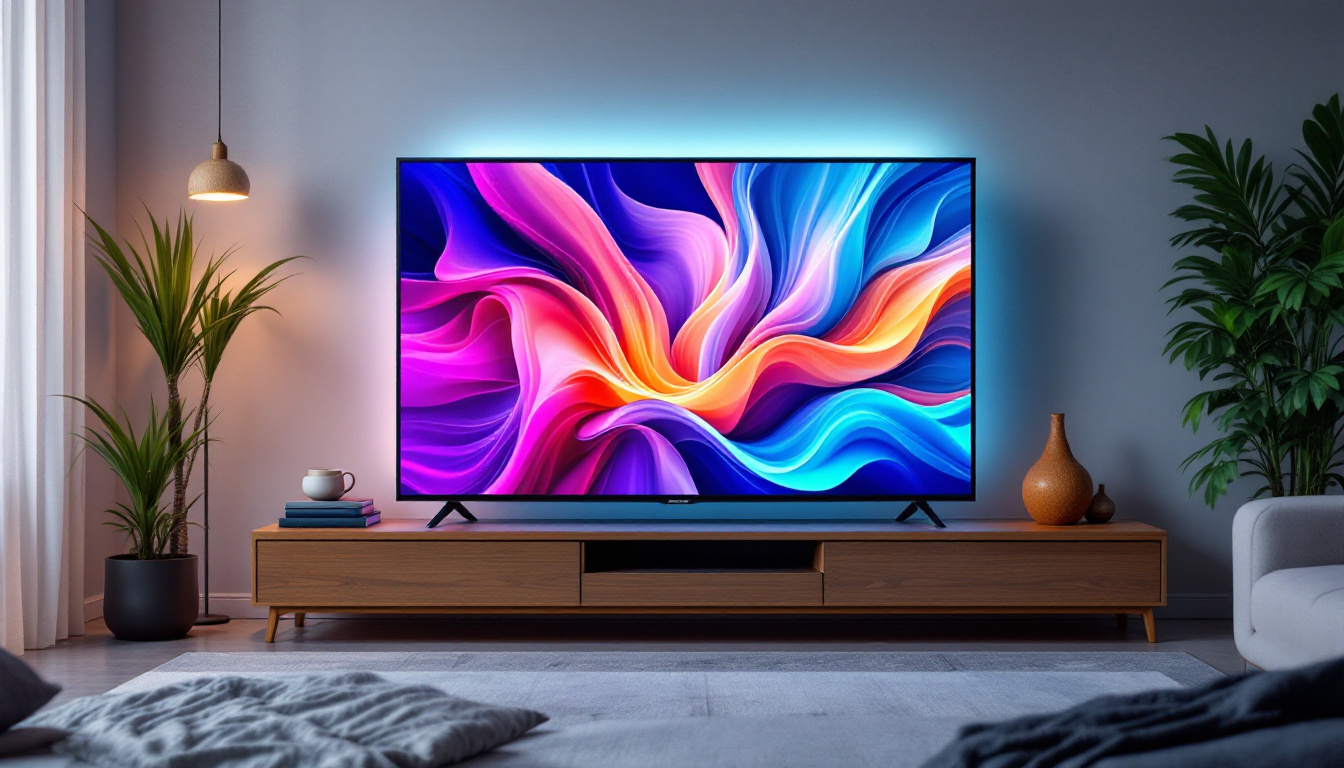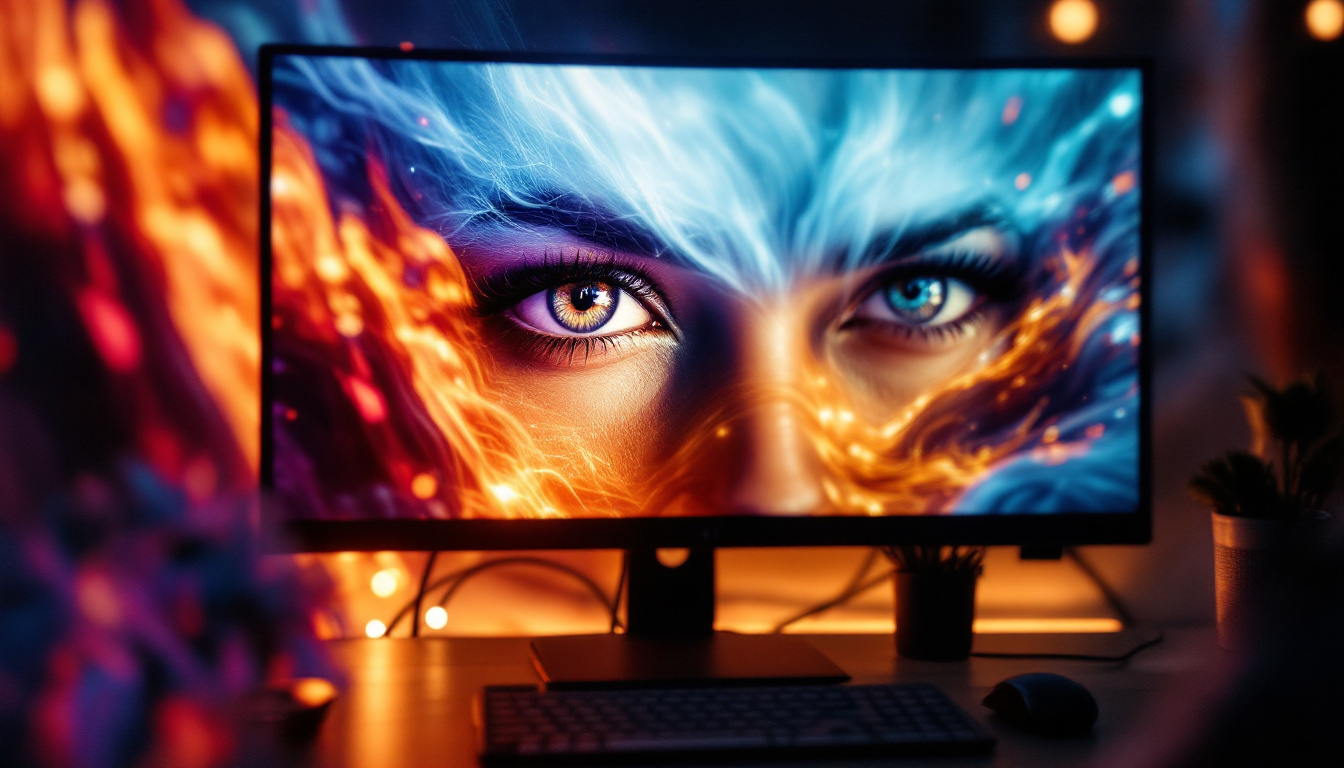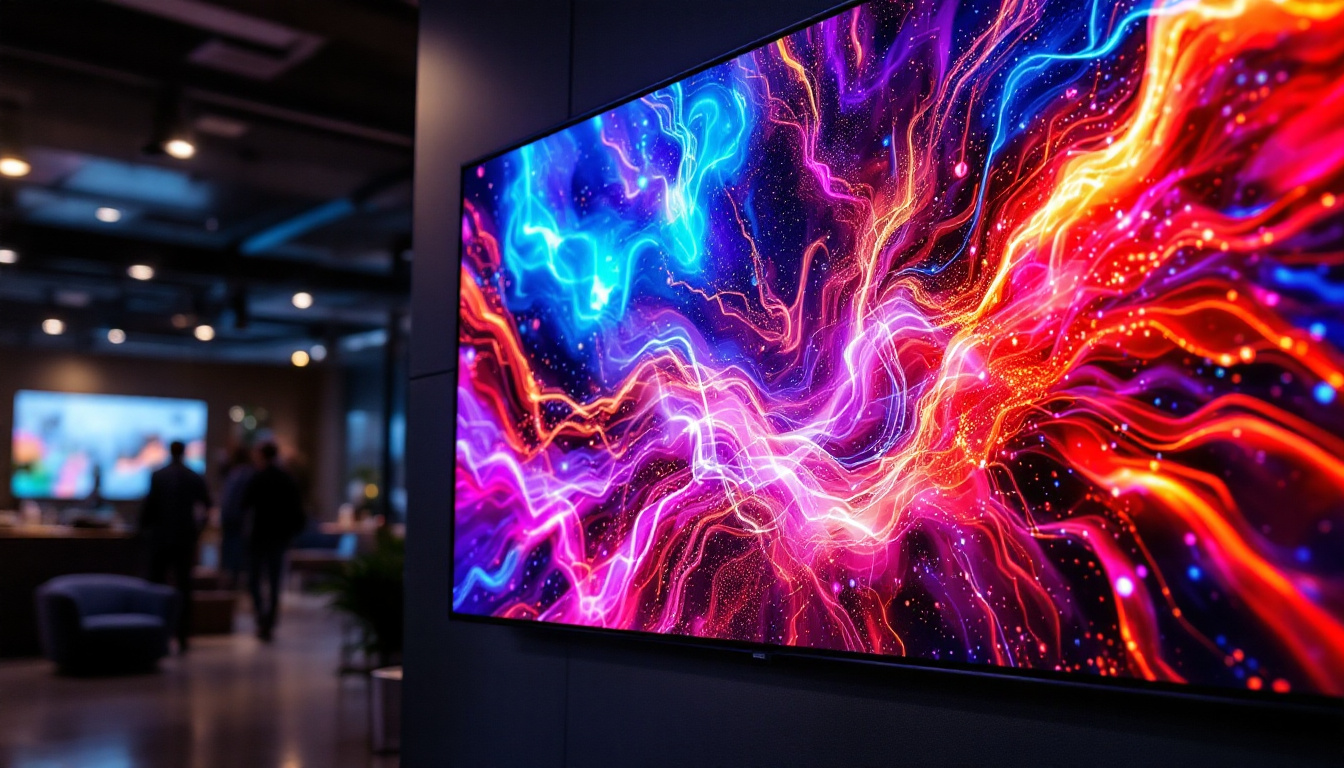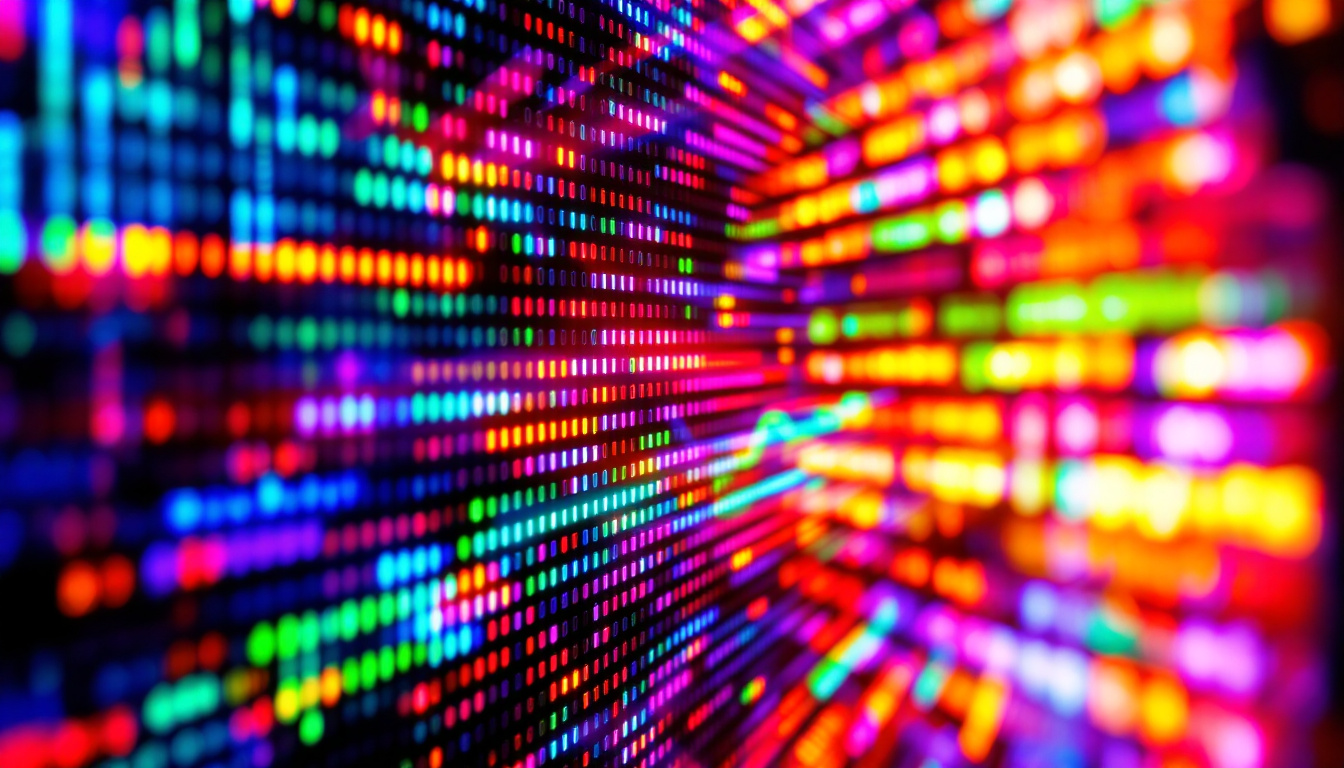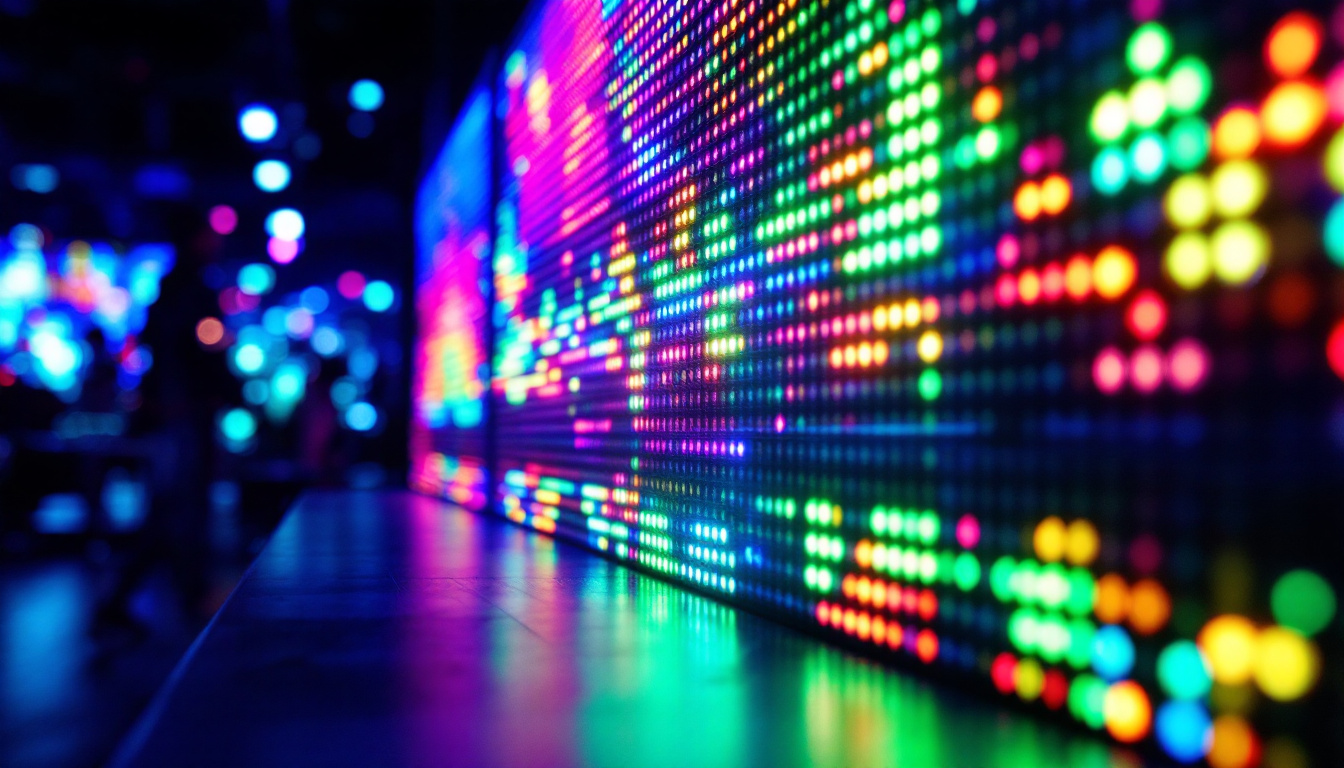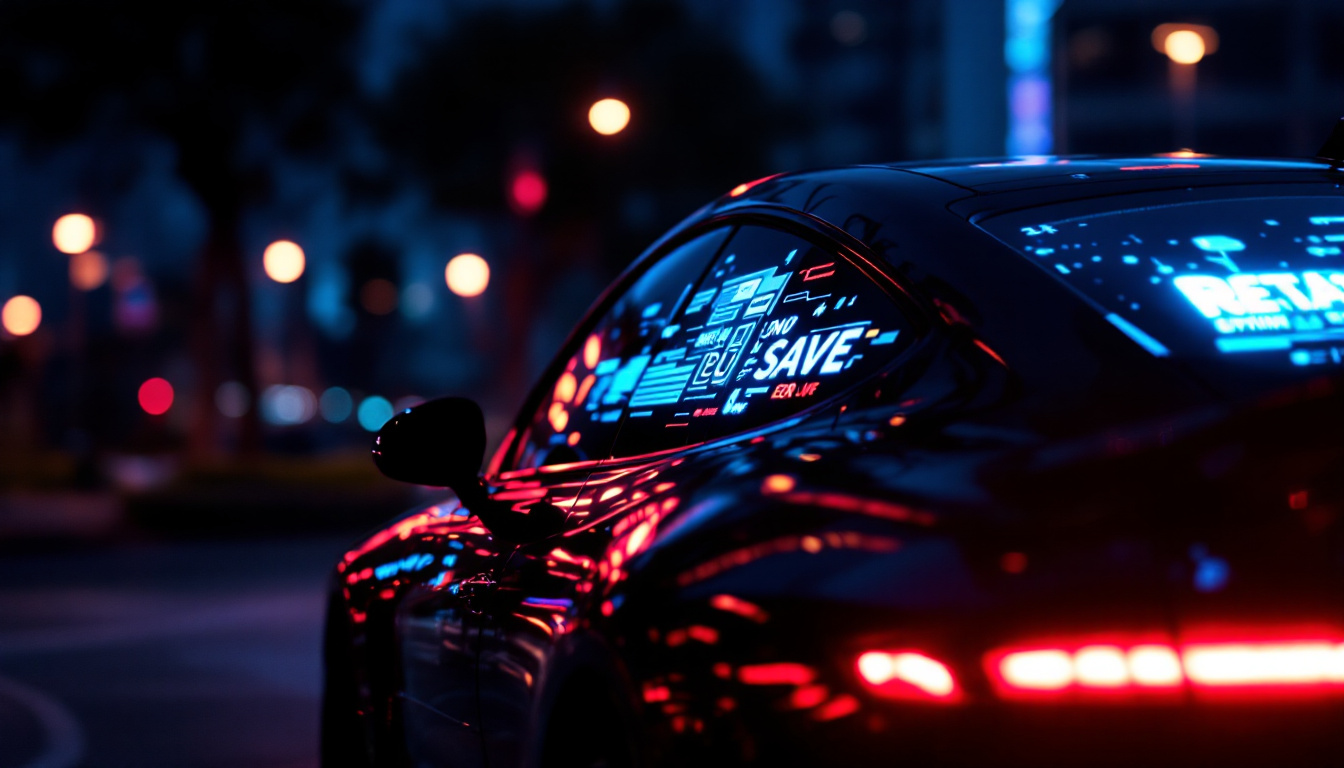In recent years, the use of LED displays has surged across various industries, transforming the way information is presented and consumed. These displays, known for their vibrant colors and energy efficiency, have become a staple in advertising, entertainment, and even in everyday communication. This article delves into the intricacies of LED displays, exploring their technology, applications, and advantages.
Understanding LED Technology
Light Emitting Diodes (LEDs) are semiconductor devices that emit light when an electric current passes through them. This technology is the backbone of LED displays, which consist of numerous tiny LEDs that work together to create images and videos. The ability to produce bright and colorful visuals is what sets LED displays apart from traditional display technologies. With their energy efficiency and long lifespan, LEDs have revolutionized the way we think about lighting and visual displays, making them a popular choice for both commercial and residential applications.
The Basics of LED Operation
At its core, an LED display operates by combining red, green, and blue (RGB) LEDs. By varying the intensity of each color, a wide spectrum of colors can be produced. This RGB model is fundamental in creating the vibrant images that LED displays are known for. Each pixel on an LED screen is made up of these three colored diodes, allowing for precise control over the displayed content. The technology behind LEDs has also advanced, with innovations such as quantum dot technology enhancing color reproduction and brightness even further.
When an electric current is applied to the LEDs, they emit light. The brightness and color of the emitted light can be adjusted through modulation techniques, enabling the display to present everything from static images to dynamic video content. This flexibility is one of the reasons LED displays have become so popular in various applications. Furthermore, the rapid response time of LEDs allows for smooth transitions and high refresh rates, making them ideal for fast-paced video content, such as sports broadcasts or gaming.
Types of LED Displays
LED displays come in various forms, each tailored for specific applications. The most common types include:
- Direct View LED Displays: These displays are made up of individual LEDs that are visible to the viewer. They are commonly used in large outdoor screens and billboards, often seen in bustling urban environments where high visibility is crucial.
- LED Backlit Displays: These displays use LEDs to provide backlighting for LCD panels. This technology enhances the brightness and contrast of the images displayed, allowing for thinner and lighter screens without sacrificing quality.
- Organic LED (OLED) Displays: A more advanced form of LED technology, OLED displays use organic compounds to emit light. They offer superior color accuracy and contrast ratios, making them a favorite for high-end televisions and smartphones.
In addition to these common types, there are also specialized LED displays, such as transparent LED screens that allow for creative advertising solutions, and flexible LED panels that can be shaped to fit unconventional spaces. These innovations demonstrate the versatility of LED technology, catering to a wide range of industries from entertainment to retail, and even architecture. As technology continues to evolve, the potential applications for LED displays seem limitless, paving the way for even more immersive and engaging visual experiences.
Applications of LED Displays
LED displays have found applications across a multitude of sectors, reflecting their versatility and effectiveness. From retail environments to sports arenas, their presence is ubiquitous.
Advertising and Marketing
One of the most significant uses of LED displays is in advertising. digital billboards and signage have replaced traditional static advertisements, allowing businesses to convey messages dynamically. The ability to change content in real-time means that advertisers can target specific audiences with tailored messages, maximizing engagement and effectiveness.
Moreover, LED displays can be programmed to show different advertisements at different times of the day, optimizing visibility during peak hours. This flexibility not only enhances the advertising experience but also increases return on investment for businesses.
Entertainment and Events
In the realm of entertainment, LED displays have revolutionized how audiences experience events. Concerts, festivals, and sporting events utilize large LED screens to provide immersive experiences. These displays can project live feeds, graphics, and animations, creating a captivating atmosphere that enhances the overall enjoyment for attendees.
Additionally, LED technology has made its way into home entertainment systems, with LED TVs offering high-definition visuals and vibrant colors. The appeal of OLED technology has further elevated the viewing experience, providing deeper blacks and more vivid colors.
Information and Communication
LED displays are also widely used in information dissemination. transportation hubs, such as airports and train stations, employ LED screens to provide real-time updates on schedules and arrivals. These displays are crucial for ensuring that travelers have access to timely information, enhancing their overall experience.
In corporate environments, LED displays are used for presentations and meetings, allowing for clear and engaging communication of ideas. The ability to present data visually through graphs and charts enhances understanding and retention of information.
Advantages of LED Displays
The advantages of LED displays are numerous, contributing to their growing popularity across various sectors. Understanding these benefits can help organizations make informed decisions about their display technology.
Energy Efficiency
One of the most notable advantages of LED displays is their energy efficiency. Compared to traditional display technologies, LEDs consume significantly less power, leading to reduced operational costs. This energy efficiency is especially beneficial for large-scale installations, such as outdoor billboards, where power consumption can be a major concern.
Furthermore, the longevity of LED displays means that they require less frequent replacements, further contributing to their cost-effectiveness. Many LED displays have a lifespan of over 50,000 hours, making them a reliable choice for long-term use.
High Brightness and Visibility
LED displays are known for their high brightness levels, making them suitable for both indoor and outdoor use. The ability to maintain visibility in direct sunlight is a significant advantage for outdoor advertising and signage. This ensures that messages remain clear and legible, regardless of environmental conditions.
Additionally, the wide viewing angles offered by LED displays allow for effective communication with larger audiences. Whether viewed from the front or the side, the content remains vibrant and easily readable.
Durability and Reliability
LED displays are built to withstand various environmental conditions, making them highly durable and reliable. Unlike traditional displays that may be prone to damage from impacts or weather, LED technology is robust and can endure harsh conditions, including rain, snow, and extreme temperatures.
This durability is particularly important for outdoor applications where displays are exposed to the elements. The resilience of LED technology ensures that these displays continue to function optimally, minimizing downtime and maintenance costs.
Challenges and Considerations
While LED displays offer numerous advantages, there are also challenges and considerations that potential users should be aware of. Understanding these factors can help organizations make informed decisions regarding their display technology.
Initial Investment Costs
One of the primary challenges associated with LED displays is the initial investment cost. Although prices have decreased over the years, high-quality LED displays can still represent a significant upfront expense. Organizations must weigh this cost against the long-term savings associated with energy efficiency and longevity.
In some cases, financing options or leasing arrangements may be available, allowing businesses to spread the costs over time. This approach can make the transition to LED technology more manageable for organizations with budget constraints.
Technical Complexity
Implementing LED display technology can also involve a certain level of technical complexity. Proper installation and calibration are essential to ensure optimal performance. Organizations may need to invest in training for staff or hire specialized technicians to manage these displays effectively.
Additionally, as technology evolves, staying updated with the latest advancements in LED technology can be challenging. Organizations must be prepared to adapt to changes and invest in ongoing education to maximize the benefits of their displays.
The Future of LED Displays
The future of LED displays looks promising, with ongoing advancements in technology and applications. As industries continue to embrace digital transformation, the demand for innovative display solutions is expected to grow.
Emerging Technologies
One of the most exciting developments in LED technology is the emergence of MicroLED and MiniLED displays. These technologies promise to deliver even higher resolutions, better color accuracy, and improved energy efficiency. MicroLED displays, in particular, have the potential to revolutionize the market by offering self-emissive pixels that eliminate the need for backlighting.
Furthermore, advancements in flexible LED technology are paving the way for creative applications, such as curved displays and wearable technology. As these innovations continue to develop, the possibilities for LED displays will expand, allowing for more creative and engaging experiences.
Integration with Smart Technology
Another trend shaping the future of LED displays is their integration with smart technology. As the Internet of Things (IoT) continues to grow, LED displays can be connected to networks, allowing for real-time data updates and remote management. This connectivity enhances the functionality of displays, enabling organizations to respond quickly to changing conditions and audience needs.
For instance, smart LED displays can be programmed to show targeted advertisements based on audience demographics or environmental factors. This level of customization can significantly enhance engagement and effectiveness, making LED displays an even more valuable asset for businesses.
Conclusion
LED displays have transformed the way information is presented and consumed across various industries. Their vibrant visuals, energy efficiency, and durability make them an attractive choice for advertising, entertainment, and communication. While there are challenges associated with initial investment costs and technical complexity, the long-term benefits often outweigh these concerns.
As technology continues to evolve, the future of LED displays looks bright. With emerging technologies and smart integrations on the horizon, organizations have the opportunity to leverage LED displays in innovative ways. Embracing this technology can lead to enhanced engagement, improved communication, and a competitive edge in an increasingly digital world.
Discover LumenMatrix LED Display Solutions
Ready to elevate your visual communication with the latest in LED technology? LumenMatrix is at the forefront of innovation, offering a diverse range of LED display solutions tailored to your unique needs. From vibrant Indoor and Outdoor LED Wall Displays to dynamic Vehicle and Sports LED Displays, our products are designed to captivate your audience and amplify your message. Experience the future of digital signage with our Custom, All-in-One, and Transparent LED Displays, each crafted to deliver unparalleled clarity and impact. Don’t just take our word for it; check out LumenMatrix LED Display Solutions today and see the difference for yourself!

